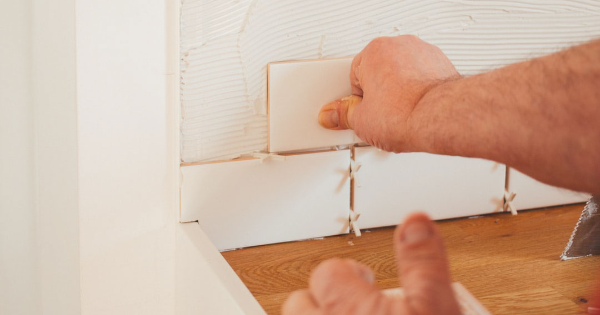The DIY movement is popular with homeowners for a reason. It can help save you a lot of money, especially on projects that might otherwise cost thousands of dollars. In fact, the median cost of a home renovation in 2017 was $15,000. But when you’re spending more money on your DIY project than you would spend having a professional do the job, you may find yourself making a common DIY home renovation mistake.
It’s important when you’re renovating your home that you’re doing the project right the first time, whether you’re doing something yourself or hiring a professional. Common mistakes can take a big chunk out of your budget and your time. That said, here are some of the most common DIY home renovation mistakes homeowners make and what you can do to avoid falling into the same traps.
Renovating for the sweat equity
About 10% of mortgage holders in the U.S. believed it was likely they would face foreclosure in 2018. Many homeowners choose to sell their homes to avoid foreclosure, but it’s never a good idea to renovate your home solely to increase its value before the sale.
Sweat equity is when you increase the value of your house through your own hard work. However, you should only consider building sweat equity prior to moving if it will really increase the value of your home. If the changes you’re making could negatively impact your potential home sale, it’s best to leave renovating off the counter.
Working without a permit
It’s easy to assume you don’t need a building permit if you’re not hiring professionals to do your home renovation. But, whether your project is large or small, professional or DIY, it’s important to check with your county or local municipal building department to figure out whether you need a permit for your project. If your project needs a permit and you renovate your home without one, the project may end up needing to be torn down later on, wasting both your time and your money.
The reason why you need a permit for building projects is that the project needs to meet the basic requirements for health, safety, and structural soundness. Not only could your project end up falling apart and injuring someone, but you could also injure yourself during the project. Slip, trip, and fall injuries make up about 25% of all reported injury claims per year. Never underestimate the safety risks of a renovation.
Having unrealistic expectations
Oftentimes when we imagine renovating our homes, we have the expectation that the project will come out perfectly resembling an interior design magazine. It’s important to make sure your expectations are realistic, especially when you’re doing the renovation yourself.
If you don’t have the professional skills of a contractor, chances are you won’t be able to do some parts of your project as well as a contractor could. To keep yourself from getting too disappointed, do some research before you start working on your renovation. This will give you a better idea of what to expect before, during, and after your home remodeling project.
When you’re short on cash, DIYing a home renovation may seem like the perfect solution. But it’s important to be wary of the mistakes you could make so you know how to avoid them. By following the tips above, you can make sure your DIY home renovation goes a little more smoothly.

